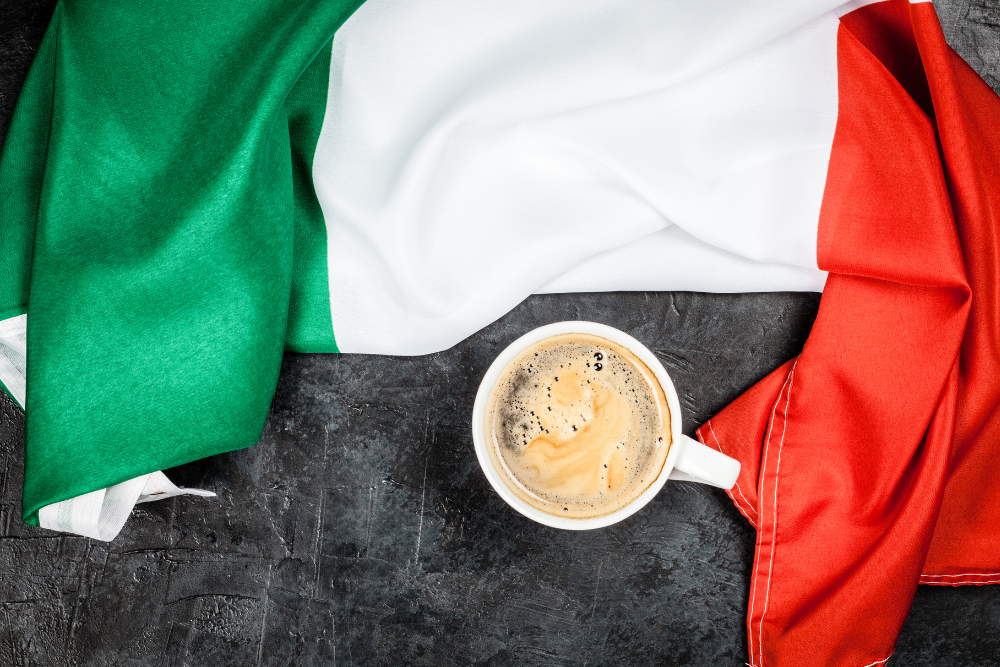Italy is known for its rich coffee culture, where drinking coffee is more than just a daily routine—it’s a cherished tradition. From the morning espresso at the neighborhood bar to the afternoon macchiato, understanding how Italians drink their coffee will enhance your travel experience. If you want to enjoy coffee like a local, here’s a guide to Italy’s coffee culture and how to order like a true Italian.
1. The Essentials of Italian Coffee Culture
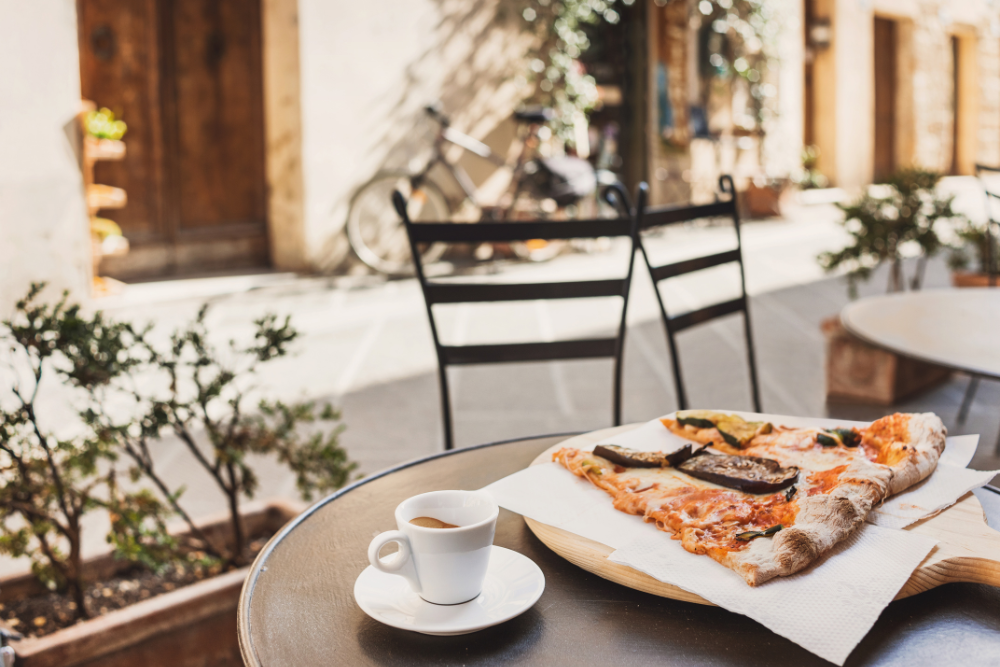
Coffee in Italy is an art form, deeply ingrained in the daily rhythm of life. Italians take their coffee seriously, and the experience is different from what you may be used to in other countries.
Key Aspects of Italian Coffee Culture:
- No To-Go Coffee: Italians typically drink their coffee standing at the bar rather than taking it to go. Takeaway cups are rare, and lingering with a coffee in hand is uncommon.
- Quick Espresso Breaks: Italians drink coffee quickly—often in just a few sips—especially in the morning and after meals.
- Milk-Based Coffee in the Morning: Cappuccino and other milk-heavy coffees are for breakfast only. Ordering a cappuccino after 11 a.m. might earn you a few strange looks.
- Coffee is Affordable: Unlike in many countries, a high-quality espresso in Italy is inexpensive, usually costing between €1 and €2.
- Regional Differences: Coffee preferences and traditions vary by region. In Naples, you’ll find rich, strong espresso, while in Milan, a trendy caffè shakerato (shaken iced coffee) is popular.
2. Types of Coffee in Italy and When to Order Them
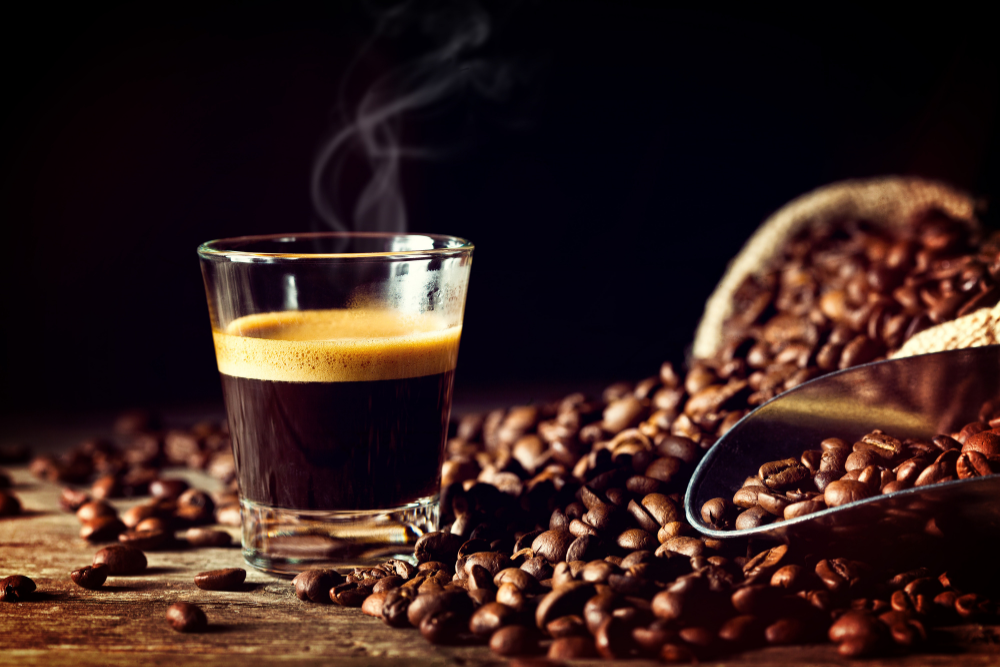
Knowing the different types of coffee available in Italy will help you order like a pro.
Common Italian Coffee Drinks:
- Espresso (Caffè) – A small, strong shot of coffee, often referred to simply as “caffè.” This is the default coffee in Italy.
- Cappuccino – A mix of espresso, steamed milk, and foam, typically enjoyed in the morning.
- Caffè Macchiato – An espresso “stained” with a small amount of milk, perfect for those who want a touch of creaminess.
- Caffè Latte – Espresso with a larger amount of milk, similar to a latte outside Italy.
- Caffè Americano – Espresso diluted with hot water for a milder taste, more like traditional American coffee.
- Caffè Ristretto – A more concentrated espresso with less water, creating an even stronger flavor.
- Caffè Corretto – Espresso “corrected” with a shot of liquor, such as grappa or sambuca, often enjoyed after dinner.
- Marocchino – A decadent combination of espresso, cocoa powder, and foamed milk, popular in northern Italy.
- Caffè Shakerato – A refreshing iced coffee made by shaking espresso, sugar, and ice.
3. How to Order Coffee Like a Local
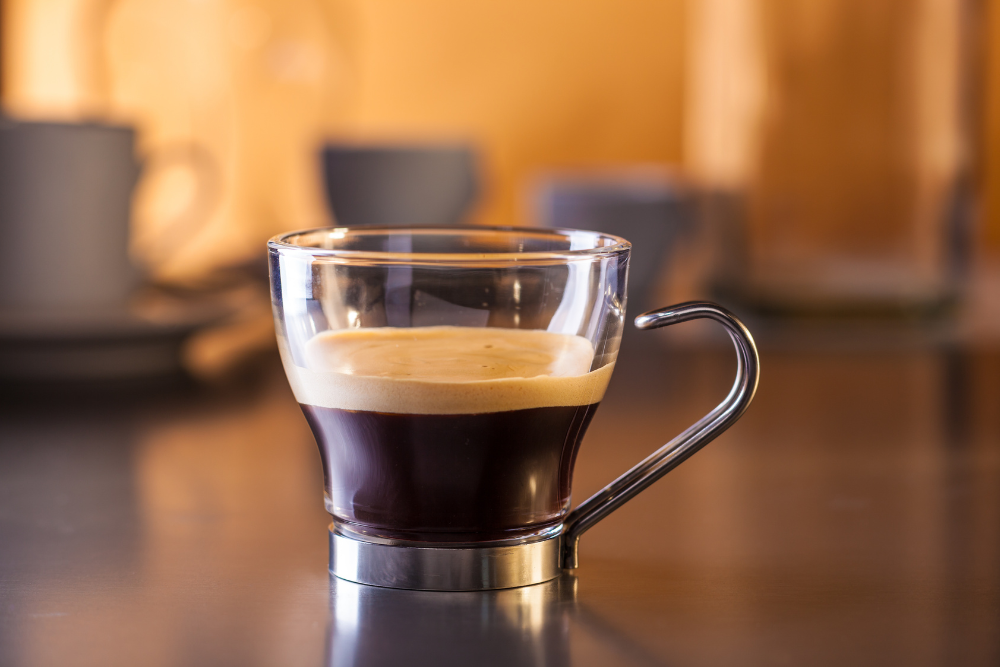
Ordering coffee in Italy can be intimidating for first-time visitors, but following a few simple rules will help you fit in seamlessly.
Tips for Ordering Coffee:
- Keep it simple: If you order “un caffè,” you’ll receive an espresso. No need to specify.
- Know the right time: Milk-based drinks (like cappuccino) are for mornings only.
- Order at the counter first: In most cafés, you pay first at the cashier (cassa), get a receipt, and then present it to the barista to order your coffee.
- Stand at the bar: Sitting at a table often comes with extra service charges. Locals usually drink their coffee standing at the counter.
- Don’t expect fancy flavorings: Italian coffee is pure and traditional, without syrups or artificial flavors.
- Skip the large sizes: Coffee is served in small portions, and there’s no “venti” or “grande” here.
4. Best Cities in Italy for Coffee Lovers
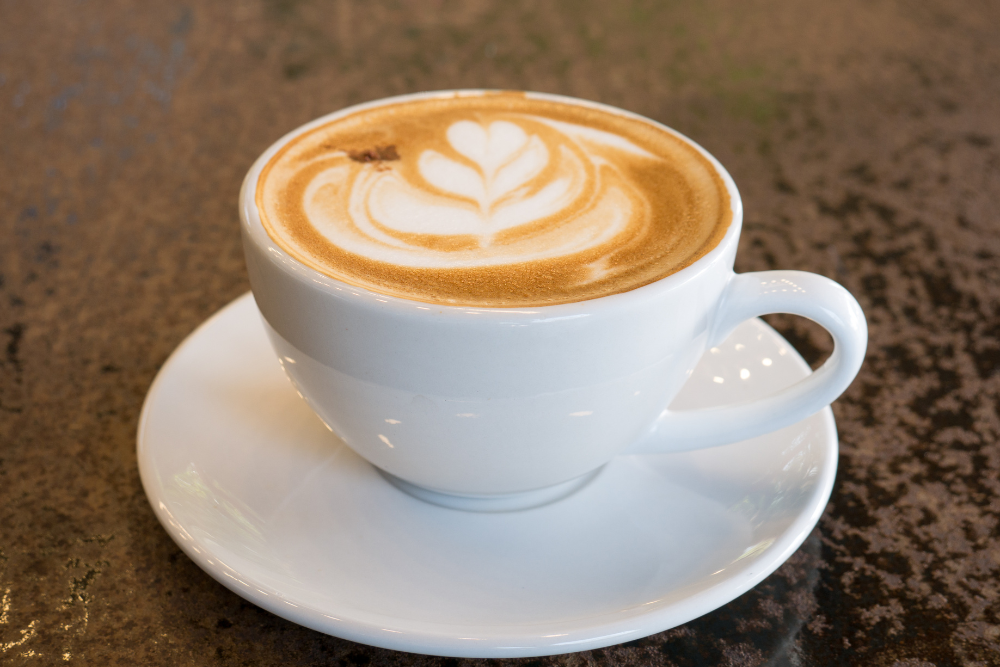
If you’re a coffee enthusiast, there are certain cities in Italy where you must experience the local coffee culture.
Top Coffee Destinations:
- Rome: Visit historic cafés like Sant’Eustachio Il Caffè and Tazza d’Oro near the Pantheon for some of the best espresso in the city.
- Naples: The birthplace of Italian espresso culture, where coffee is strong, rich, and served with a glass of water on the side.
- Milan: Known for its stylish cafés and innovative takes on coffee, including the famous Starbucks Reserve Roastery.
- Florence: Enjoy a caffè at Caffè Gilli, one of the city’s oldest and most elegant coffeehouses.
- Turin: The home of the bicerin, a delicious layered drink of espresso, chocolate, and milk.
5. Coffee Etiquette and Common Mistakes to Avoid
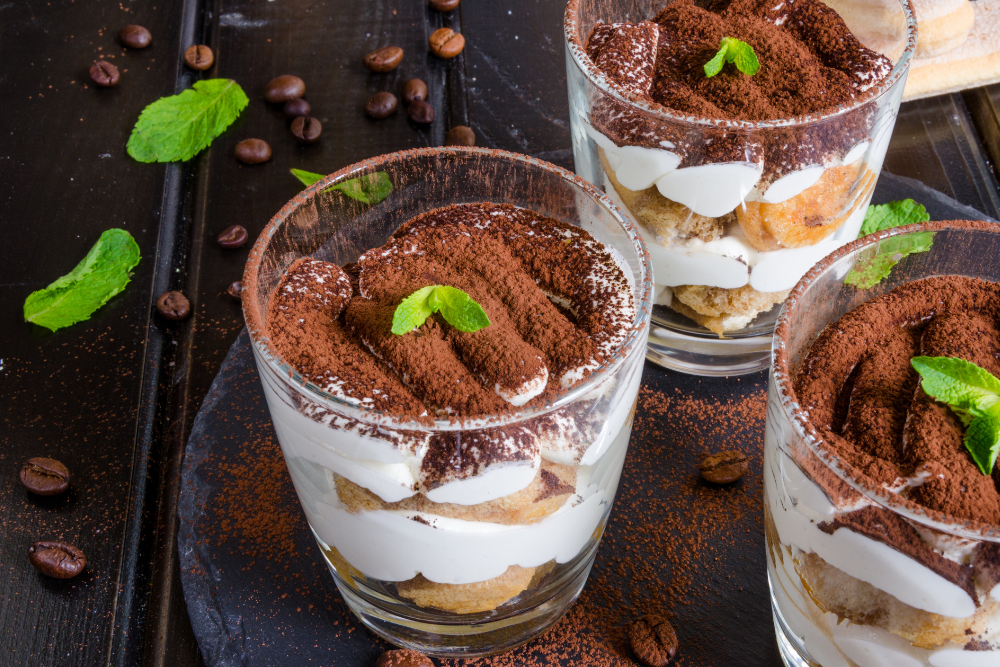
Understanding the do’s and don’ts of Italian coffee culture will ensure you don’t stand out as a tourist.
Do’s:
- Do drink coffee quickly while standing at the bar.
- Do order espresso after a meal instead of cappuccino.
- Do enjoy a sweet pastry (cornetto) with your morning coffee.
Don’ts:
- Don’t ask for a cappuccino in the afternoon or evening.
- Don’t expect drip coffee—Italian caffè is always espresso-based.
- Don’t linger too long at the counter; Italians drink their coffee and move on.
Final Thoughts: Savor Coffee the Italian Way
Drinking coffee in Italy is more than just a caffeine fix—it’s a cultural ritual. By understanding the traditions, knowing what to order, and following proper etiquette, you can enjoy an authentic Italian coffee experience. Whether you’re sipping an espresso in a bustling Roman café or indulging in a sweet marocchino in Milan, embracing Italian coffee culture will make your trip even more memorable.
Next time you visit Italy, step up to the bar, order with confidence, and savor the rich flavors of Italian coffee like a true local!



